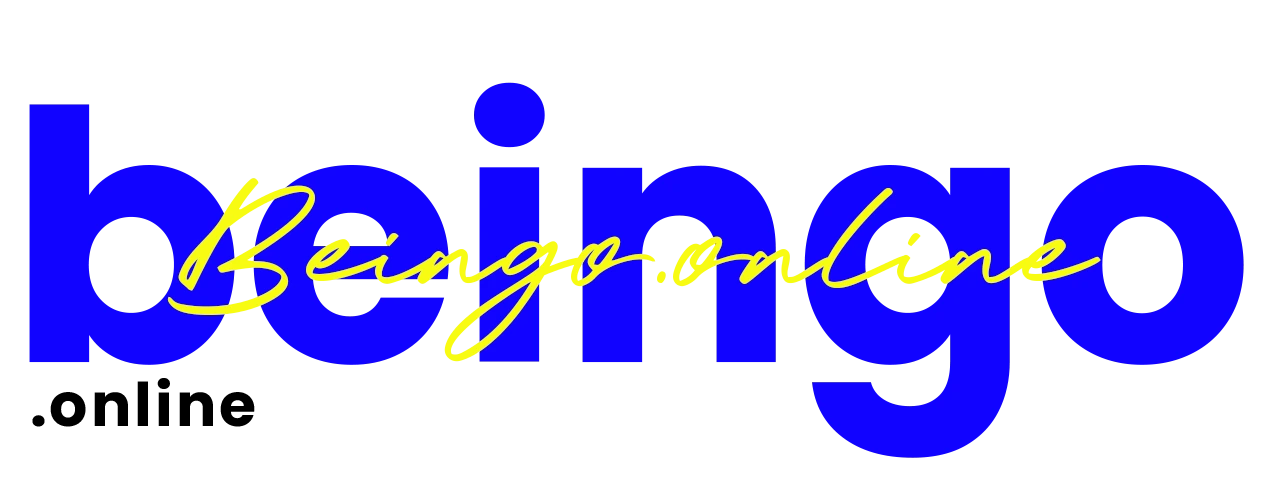The Ultimate Productivity Hack is Saying No : Saying “yes” to everything is a surefire way to end up overwhelmed and unproductive. Learning when and how to say “no” is one of the most valuable skills you can develop to unlock your productivity potential. Saying “no” strategically helps you protect your time and energy so you can channel it into the projects and priorities that matter most.
The Problem With Saying Yes to Everything
Many ambitious, driven individuals fall into the trap of saying yes to every request that comes their way. The desire to be helpful and agreeable leads them to overload their schedule with obligations. Before you know it, you’ve committed to more than you can realistically take on.
Here are some of the problems caused by struggling to say no:
- You get distracted from your key goals. When you overload your plate, you have less time to devote to your most important projects and priorities. Everything competes for your attention.
- You work reactive rather than proactive. Each new commitment forces you into a reactive mode where you are constantly trying to keep up. This leaves little room for proactive work aligned with your goals.
- You increase your stress and anxiety levels. Taking on too much triggers constant worry about dropping balls and feeling overwhelmed. This ramps up emotional exhaustion.
- Your performance quality suffers. Trying to juggle too many responsibilities leads to mediocre work across the board. Your standards slip as you scramble to cross items off your endless to-do list.
- You neglect health and well-being. Overwork and stress take a toll on mental and physical health. Long hours crowd out sleep, exercise, healthy eating and restoration. Energy plummets.

How Saying No Improves Productivity
Learning to say no thoughtfully and strategically can completely transform your productivity. Here are some of the benefits:
1. You Protect Your Most Valuable Asset
Your time and energy constitute your most precious – and limited – resources. Each time you say yes to a new request, you are committing some of your life force to that task. Saying no liberates you from depleting obligations so you can dedicate yourself fully to undertakings that fuel your purpose.
2. You Reduce Overwhelm
Each new commitment adds another item to your overflowing plate. Declining unnecessary distractions and demands helps prevent you from drowning in an endless sea of to-dos. You retain clarity on where to focus your efforts.
3. You Ward Off Burnout
Taking on too much leads to emotional, mental and physical exhaustion. Saying no creates healthy boundaries so you don’t exceed your capacity. This keeps your motivation, creativity and productivity humming.
4. You Raise Your Standards
You cannot perform at your highest level when you are stretched too thin. Saying no to mediocre opportunities allows you to dedicate time to undertakings commensurate with your talents and vision. This benefits both you and those you serve.
5. You Actualize Your Highest Potentials
Time is your most precious non-renewable resource. How you invest your hours and days determines the reach of your impact. Saying no to distractions empowers you to develop your gifts and share them with the world in a meaningful way.

How to Say No: 5 Essential Tips
Saying no is a muscle that strengthens with practice. Here are some tips for declining requests and commitments effectively:
1. Examine your priorities
Before automatically saying yes, pause to check in with your goals and priorities. Ask yourself:
- How aligned is this request with what matters most to me?
- Will saying yes derail focus from my key objectives?
2. Consider if you have the bandwidth
Take an honest inventory of your current commitments. Are you realistically able to take this on? Will saying yes lead to compromise and overload?
3. Reflect on your motivation
Investigate what is driving your impulse to say yes. Do you have a hard time setting boundaries? Are you seeking validation or approval? Unpack these tendencies.
4. Communicate your decision skillfully
Decline the request politely and firmly. Thank the person for thinking of you. Provide reasons to demonstrate you seriously considered their proposal.
5. Recommend alternatives
If appropriate, suggest other people or options the requestor could pursue to meet their goals. Offer ways you could partially or temporarily assist.
Saying No With Grace: 10 Phrases That Work
Here are 10 effective ways to decline requests diplomatically but decisively:
- I appreciate you thinking of me, but I have to pass on that opportunity.
- I’m flattered you approached me. Unfortunately I lack the time to do justice to this.
- This sounds like a great project. However, my plate is just too full at the moment.
- I wish I could say yes, but I am overcommitted currently. I want to guard against spreading myself too thin.
- That does not align closely with the goals I’m focused on this quarter, so I will have to decline.
- I’ve enjoyed working with you in the past. But that time commitment just won’t fit into my schedule right now.
- What an interesting proposition! However, after assessing my priorities, I will have to say no.
- I appreciate you thinking of me. I need to carefully manage commitments, so can’t take this on now.
- I admire the work you do, but won’t be in a position to assist on this occasion.
- While this sounds intriguing, my most important projects require my full attention presently.
Signs It’s Time to Say No
Here are 5 key signs it’s time to push back on a request:
- You instinctively feel reluctance or dread about committing.
- It distracts from goals you want to prioritize.
- Your plate is already very full.
- The request drains rather than energizes you.
- You feel obligated to say yes out of guilt, people-pleasing tendencies or poor boundaries.
When you notice these signs, it’s a cue you need to stand up for your priorities. Find your voice and say no.
The Focused Life: Core vs. Distraction
To operate at your highest level of contribution, you need sustained periods of uninterrupted time to perform deep work aligned with your goals and talents. Saying no enables you to block out distractions and protect space for what leadership expert Greg McKeown calls the core activities that ignite growth:
Core activities to prioritize:
- Creative problem solving
- Relationship building
- High-level critical thinking
- Executing and shipping key projects
Non-essential distractions to decline:
- Excessive meetings
- Email overload
- Pointless bureaucracy
- Unnecessary reporting
- Repeated interruptions
Core activities produce extraordinary results. Distractions consume valuable time while yielding little meaning.
Core fuels passion and impact. Distractions deplete energy through frustration and busywork.
How to Say No at Work
Many feel especially pressured to say yes to every work request out of obligation and fear of disappointing colleagues or supervisors. Here are strategies for saying no skillfully in professional contexts:
- Explain your rationale. Provide sound reasoning grounded in your current commitments and organizational strategy. Don’t just issue a blanket no.
- Discuss trade-offs. Highlight what you or the team would have to give up to take this on. Make the sacrifice clear.
- Ask clarifying questions. Probe to determine if the request aligns with company priorities and your role. Question dubious assumptions.
- Set boundaries respectfully. Make it clear you are committed to delivery for the organization, and saying no protects your shared goals.
- Suggest alternatives. Rather than just declining, propose other people or solutions to meet the requestor’s needs. Offer compromises or workarounds.
- Elevate if needed. If a colleague persists after you decline, explain your reasoning to management. Seek support establishing healthy boundaries.
Remember that companies benefit when employees take ownership of their schedules and dedicate their genius to the most value-adding activities.
Learning to Say No Takes Practice
Like any skill, learning to say no calmly, confidently and effectively takes repetition and courage. With practice, saying no becomes more natural. You realize the sky does not fall when you decline requests or push back on demands. Here are some tips to smooth the learning curve:
- Start small. Decline requests that only mildly interest you. Build your confidence before working up to more challenging trade-offs.
- Envision the relief. Imagine how you will feel by extracting yourself from onerous commitments that don’t spark joy or meaning.
- Reward yourself. After a big declination, treat yourself to something special as positive reinforcement.
- Share the load. Delegate tasks if possible so everything does not fall on your shoulders. Recommend others who could assist.
- Check in on feelings. Notice if you feel regret or anger at having to say no. Process these emotions separately from the decision.
The Gift of No
When you serve others through your work, you instinctively want to say yes to every ask for assistance. But taking on too much helps no one in the long run. You end up exhausted and only semi-present. Remember that judiciously saying no makes space to say YES more fully to the people and projects that matter most. Your no makes yes possible.
Conclusion
Making the shift from automatically saying yes to consciously saying no marks a pivotal point in your productivity journey. Rather than drowning in an endless sea of distractions, you learn to strategically chart your course in alignment with your core values and goals. Saying no becomes an act of self-care, creating space for rest and the high-level work only you can do. Mastering when and how to push back empowers you to unleash your full potential. The ultimate productivity hack is not doing more or doing faster – it is doing less of what drains you so you can accomplish more of what fuels your purpose and priorities. Your intention yes and sacred no combine to form the foundations of a life well lived.
Frequently Asked Questions
Here are some common questions about productivity and saying no:
How do you say no without sounding rude?
Express appreciation for being considered.
Provide a reason grounded in your current commitments/priorities.
Suggest other people or options to fulfill the request.
Convey that this is not personal, and you value the relationship.
What if I feel guilty saying no?
Recognize guilt does not mean you should say yes – listen to your needs.
The requestor’s emotions are not your sole responsibility.
Consider the benefits to both parties of you not overextending.
What if they won’t take no for an answer?
Politely but firmly reiterate your position multiple times if needed.
Suggest meeting to explore alternative solutions.
Elevate to a supervisor if requests become disrespectful.
How do I stop saying yes when I want to say no?
Pause and consider trade-offs before automatically agreeing.
Start small – build confidence saying no to lower stakes asks first.
Remember you are not required to set yourself on fire to keep someone else warm.
What are some alternatives to just saying no?
Offer to assist with a scaled back or partial version.
Ask clarifying questions about highest priority needs.
Suggest other people or resources to meet the request.
Schedule a meeting to brainstorm creative solutions.
Wrapping Up
Saying no effectively is a game changing skill that transforms how you manage commitments and safeguards your priorities. Decline unnecessary distractions so you can channel energy into undertaking that align with your core values and goals. The ultimate productivity hack is not doing more – it is doing less of the trivial many so you can accomplish more of the vital few.




